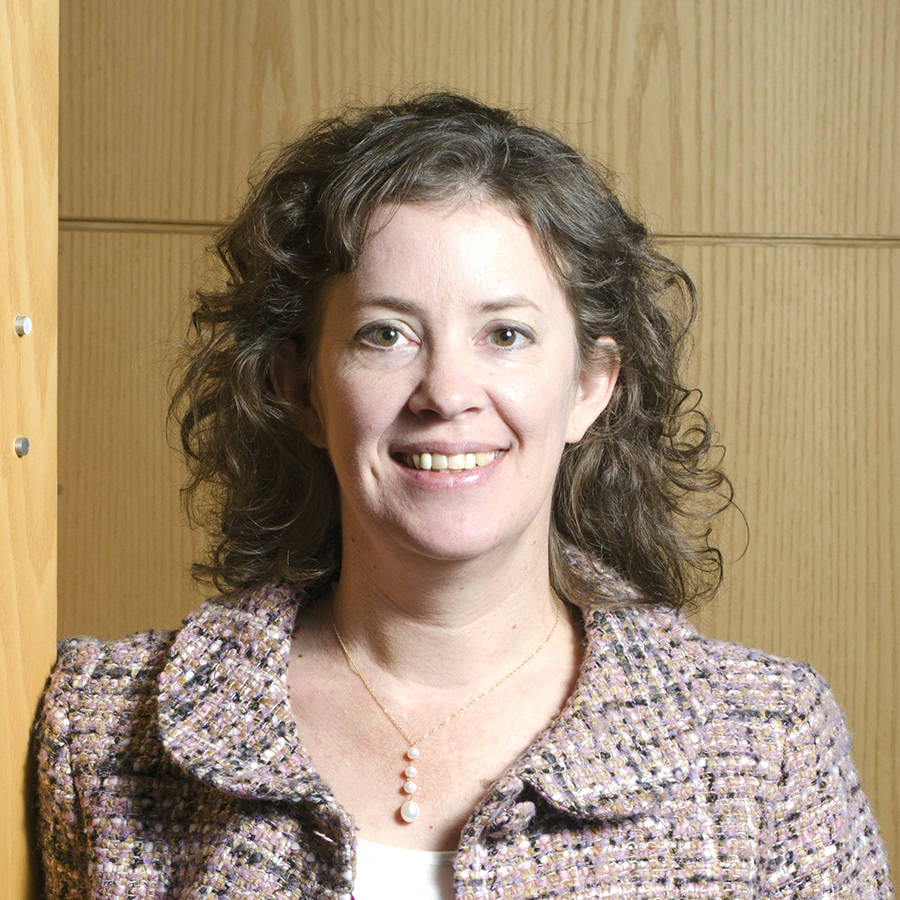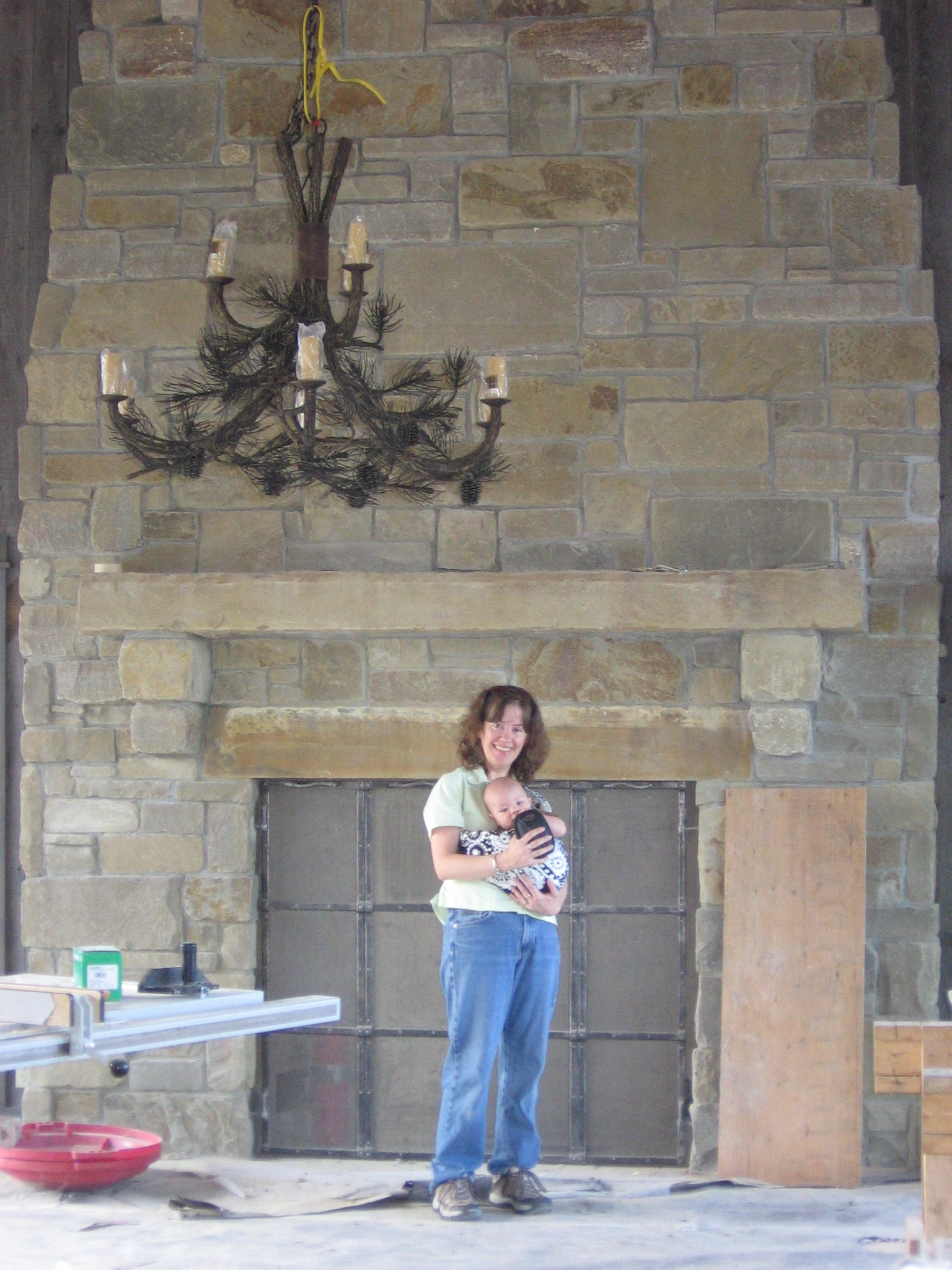by Meghana Joshi, Associate AIA
Last night, at the AIA Orange County office, I was browsing through the reading material in their library, and "Women's Architectural League" caught my eye. It is a red leather bound scrapbook with pictures of women in the Architectural League, and newspaper clippings from early 1960’s Mad Men era. Women in beautiful clothes, and women in beautiful hair-dos meeting for luncheons to celebrate local architecture by organizing "home tours" and "helping their husbands" in their chosen field. It was essentially an unofficial AIA club for Architects’ and Associates’ wives. It was the time and era of transition of women from, "work if you need money" to being a, "professional." There were women in high places, but for an average woman, it was a tradeoff between work and family. You were not expected to do both successfully.
This picture in particular caught my interest:
"Little Jeffrey Bell, 3-year-old son of Mrs. Stanley Bell of Costa Mesa hangs on to Mrs. Bell's apron string as he tries to convince his mother that she should stay home with him instead of attending the annual meeting of the California Council of the Women's Architectural League." Mrs. Bell was a delegate to the event. There is another picture of Jeffrey Bell along with Annette Bell and Lisa Woodman tied up in a big ribbon and shown as "precious charges" to the babysitter as their mothers leave for the parley in Coronado. I don't know these women, but with the network they formed, and the events that they hosted, I can safely tell that their mission was to educate the public about architecture - they were playing a supporting role to their husbands’ careers mostly because of the societal bias against privileged women going back to work after having children more than anything else.
Fifty years later, the world has changed.
Women are underrepresented, but they are present in almost every profession of the world unless it is gender prohibitive. NCARB numbers for women in architecture are reassuring - more women are entering the profession, and more women are making efforts to stay in the career, get licensed and be mentors. The percentage of women completing AREs has doubled since 2000. We are still at a measly 35%, but I have trust and faith in the next generation for not being the "Missing 32 Percent".
What still hasn't changed? - The mom bias.
The pinch points for women in architecture are still "licensure", "caregiving" and the "glass ceiling" - all tied up mostly to parenting duties. Speaking about my personal experiences - my privilege is my bias and my bias is my privilege. That's the hardest truth of my life. As an entrepreneur, I work hard - but then there are times when my decision to be an entrepreneur is pegged to motherhood making it a "convenient way to balance work and life". It's not so. It's not so for any entrepreneur, male or female - parent or not. We are in the business because we are passionate about the business and creative sides of architecture- we take risks. Not because we want to be able to pick up the children from school, and save daycare dollars. I don't know how many men in business hear that, but if I had a dime for every time I heard that, I would be a ....
Then there is the mom guilt.
Have you stayed at work past six? Have you shown up to work before sunrise? Let's assume your employer is all for work-life balance, but also lets you call the shots on your project schedule. Let’s assume you are doing something you are so passionate about, you refuse to leave your desk simply based on the clock. Let’s assume your co-parent / your parenting support system and you have it under control. I don't know why I am adding "assumptions" since it should be nobody's business. But still, for argument’s sake, how many times have you heard "I could have never done that - Timmy needs me." or "Wow, you are lucky, my husband would never do that".
A simple suggestion to all working mothers: don't call the other woman lucky if she has a good support system. Like everything else, it needs hard work too; to have and to maintain a support system. Don't ever tell a working woman when she needs to go home, or who needs her at home. Architecture being what it is, sometimes cannot be an eight hour job with a fixed schedule. If someone volunteers, if someone involves themselves more into the profession than treating it as a job to pay bills, be supportive. Reword your "wow, you are lucky" to "I am glad you can make time for things you are passionate about". No one is lucky- even lottery winners bought several tickets before they won.
The mom privilege.
The mom privilege is actually bias in disguise. Finally after working for fifteen years, and two children, the time is right for me to pursue licensure. As I take care of my projects and parenting along with studying for ARE exams, I do hear things like "At least you have a reason for not doing it". No, children aren't and shouldn't be a reason for anyone to stop in their tracks. I didn't work on my licensure so far because I didn't have the drive to. Of all the women that changed the world, many didn't wait for their child to grow up and be in high school and not need them anymore - it doesn't work like that. But that's a "privilege" that I deal with as I continue my journey;, my migration from the “Missing 32 percent”, currently as the Test Taking 38%* and one day adding to the number of licensed women architects.
In a nutshell, while I do what I want to do in my life, at my own pace and at my own timing and methods, please don't guilt me - or have bias against me - or treat my parent tag as a privilege. My gender, my reproductive accomplishments, and my age - they should all be background noise. Same goes for other women - or men. Architects have the privilege of changing the world with their careful planning and execution of community components. Let’s use that privilege to end bias - not end each other's career with bias against people of color and/or gender.
No one should go "missing" in a profession because they were not accepted by the tribe.
* (Based on NCARB By the Numbers 2015)
EQxD Get Real Series Posts
If you liked reading this feature, you may want to explore these other posts.
- EQxD Get Real Series: Bias & Privilege by Rosa Sheng, AIA
- EQxD Get Real: Being the Only One in the Room, by Mark Gardner, AIA
- EQxD Get Real: Be Willing to Listen | Recognize our Privilege and Bias, by Katherine Williams, AIA
- EQxD Get Real: The Weight by Marilyn Moedinger, AIA
- EQxD Get Real: Architecture - Open to All by Jared W. Smith, AIA
- EQxD Get Real: Bias & Privilege, should it define or limit your dreams? by LaShae Ferguson, Assoc. AIA
- EQxD Get Real: Check your bias blind spot by Sharon R. George, AIA
- EQxD Get Real: When Insomnia Speaks, by Alicia Liebel-Berg, Assoc. AIA
- EQxD Get Real: The Mom Bias vs. The Mom Privilege by Meghana Joshi, Assoc. AIA
- EQxD Get Real: I am Learning by Lora Teagarden, AIA

























